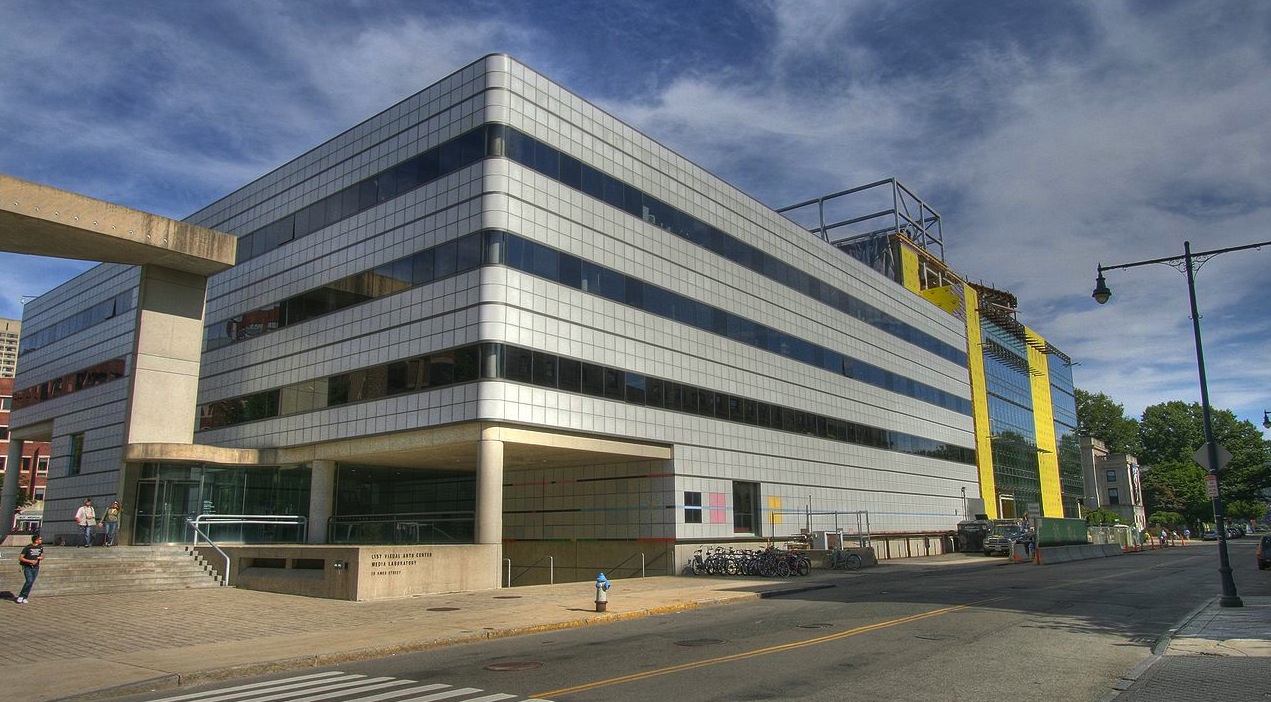The Department of Energy has released Energy Better Buildings Workforce Guidelines that are aimed at strengthening and streamlining commercial building workforce training and certification programs for workers in energy auditing, building commissioning, building operations, and energy management.
The DOE, National Institute of Building Sciences (NIBS), and a group of energy and building industry professionals developed the standards under the guise of the Commercial Workforce Credentialing Council.
“By creating nationally recognized standards for competency-based certification programs, these guidelines can ensure that workers have the skills they need to do their jobs effectively, while helping cut the pollution and energy costs that come from the country's commercial building sector,” the DOE says.
The guidelines “offer credentialing bodies a framework that will help their certification programs meet the needs and standards identified by the experts in the industry,” the DOE says. This type of quality assurance is especially important in jurisdictions that require energy audits or retro-commissioning of buildings.







